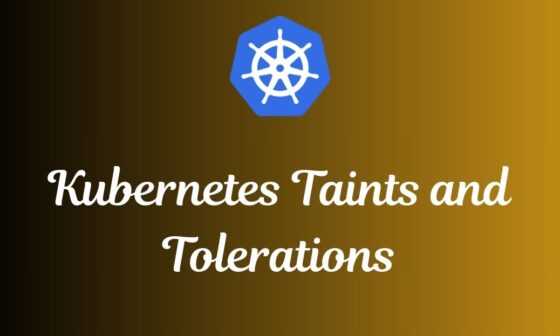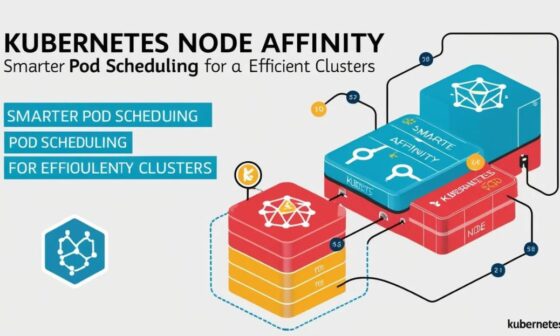Kubernetes namespaces provide an effective way to isolate resources within a single Kubernetes cluster. They help organize resources and divide cluster resources between multiple users or projects, making cluster management simpler and more secure.
What Are Kubernetes Namespaces?
Namespaces in Kubernetes act like virtual clusters within the same physical Kubernetes cluster. They enable logical separation between applications, teams, or environments (such as development, testing, or production).
By default, Kubernetes starts with four namespaces:
default: Contains objects created without specifying a namespace.kube-system: Contains objects created by the Kubernetes system.kube-public: Accessible to all users, often used for public information.kube-node-lease: Used for node lease management.
Why Use Namespaces?
Namespaces are beneficial for:
- Resource Management: Allocate cluster resources effectively using resource quotas.
- Isolation: Reduce risks by logically separating sensitive workloads.
- Organization: Simplify management by grouping resources logically.
Creating and Using a Kubernetes Namespace (Example)
Step 1: Creating a Namespace
Create a namespace named dev-environment:
kubectl create namespace dev-environment
Step 2: Deploying Resources into a Namespace
Deploy an Nginx application within this namespace:
apiVersion: apps/v1
kind: Deployment
metadata:
name: nginx-deployment
namespace: dev-environment
spec:
replicas: 2
selector:
matchLabels:
app: nginx
template:
metadata:
labels:
app: nginx
spec:
containers:
- name: nginx
image: nginx:latest
ports:
- containerPort: 80Apply the deployment configuration:
kubectl apply -f nginx-deployment.yamlVerify your deployment:
kubectl get deployments -n dev-environmentStep 3: Accessing Resources in a Specific Namespace
To list pods in the dev-environment namespace:
kubectl get pods -n dev-environmentStep 4: Setting a Default Namespace
To set a default namespace context for ease of use:
kubectl config set-context --current --namespace=dev-environmentNow, commands executed will automatically target dev-environment without explicitly specifying the namespace.
Managing Resource Quotas
Namespaces allow administrators to set resource quotas, controlling how much resources each namespace can consume (CPU, memory, pods, etc.).
apiVersion: v1
kind: ResourceQuota
metadata:
name: dev-quota
namespace: dev-environment
spec:
hard:
requests.cpu: "4"
requests.memory: 8Gi
limits.cpu: "8"
limits.memory: 16GiApply this quota:
kubectl apply -f resource-quota.yamlKubernetes namespaces are essential for effective cluster management, providing clear boundaries for resource allocation, access control, and simplifying maintenance tasks. Mastering namespaces enhances security, improves organization, and optimizes resource usage.






